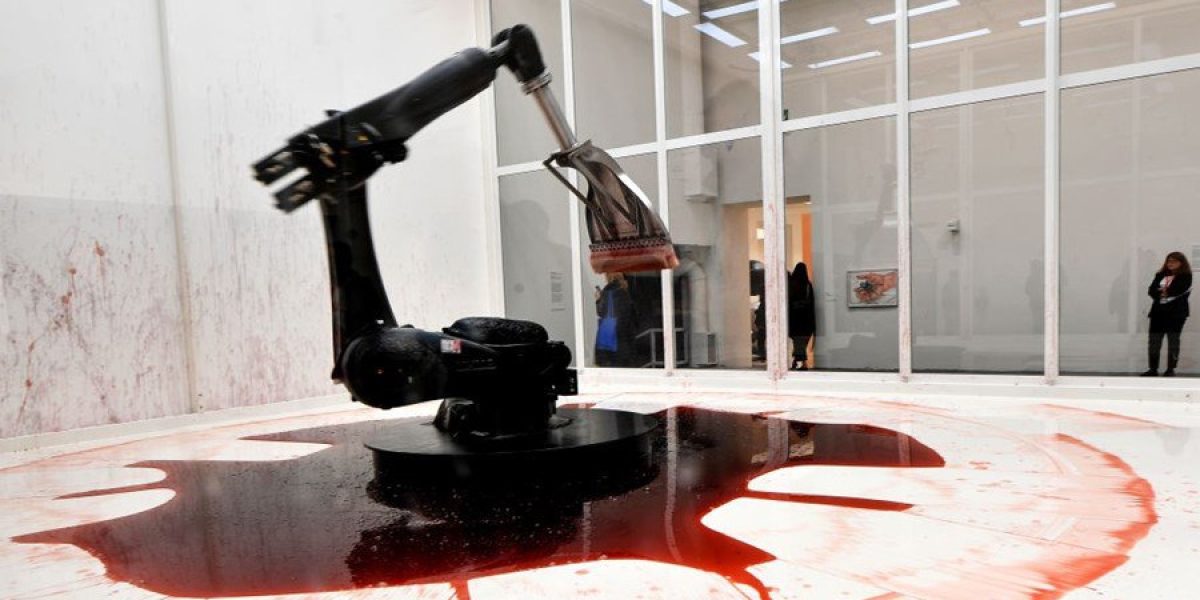Machines of No More War

Faculty:
The course will look into the history of robotic art, including early automata in Greco-Alexandrian, ancient Chinese, Indian, and Arab cultures. We will start with the mythological prototypes of the self-moving machines and finish with the sci-fi visions of cohabitation with robots. The course covers evolution from mechanicist to cybernetic perception of the machine and develops in-depth understanding of the machine philosophy and aesthetics (dispositif, machine celebataire, mega-machine, etc). The course will address a number of historic and contemporary examples of robotic art.We will move on to the mechanicist philosophy of enlightenment, including the perception of the clockwork universe, the corpuscule theory. Then, through the romanticism lens, we will study the notions of electricity and electromagnetic fields. We will conclude by considering the role of robotic art in implementing the embodied perception as well as the critique of the algorithms.The course will include historic works by Jean Tingley, Nam Jun Paik, Roy Ascott, Survival Research Labs, Simon Penny, as well as contemporary work by Piere Huyghe, Trevor Paglen, Sun Yuan, Anish Kapoor, Bill Vorn and Louis-Philippe Demers, Rimini Protokoll, Patrick Tresset, Ken Goldberg, Ken Rinaldo, Code.Act, Robertina Sebjanic, Tomaso Saraceno, and others.The course will look into the history of robotic art, including early automata in Greco-Alexandrian, ancient Chinese, Indian, and Arab cultures. We will start with the mythological prototypes of the self-moving machines and finish with the sci-fi visions of cohabitation with robots. The course covers evolution from mechanicist to cybernetic perception of the machine and develops in-depth understanding of the machine philosophy and aesthetics (dispositif, machine celebataire, mega-machine, etc). The course will address a number of historic and contemporary examples of robotic art.
Guidelines for the Statement of Purpose:
Craft a reflective statement of purpose explaining your interest in the Smolny Beyond Borders online course. The file should be saved with your name and course title as the filename and uploaded accordingly. Your statement’s clarity and substance will significantly influence our selection. Convey your motivations and aspirations for this course succinctly but thoroughly. Kindly write your statement in the course’s Language of Instruction.
